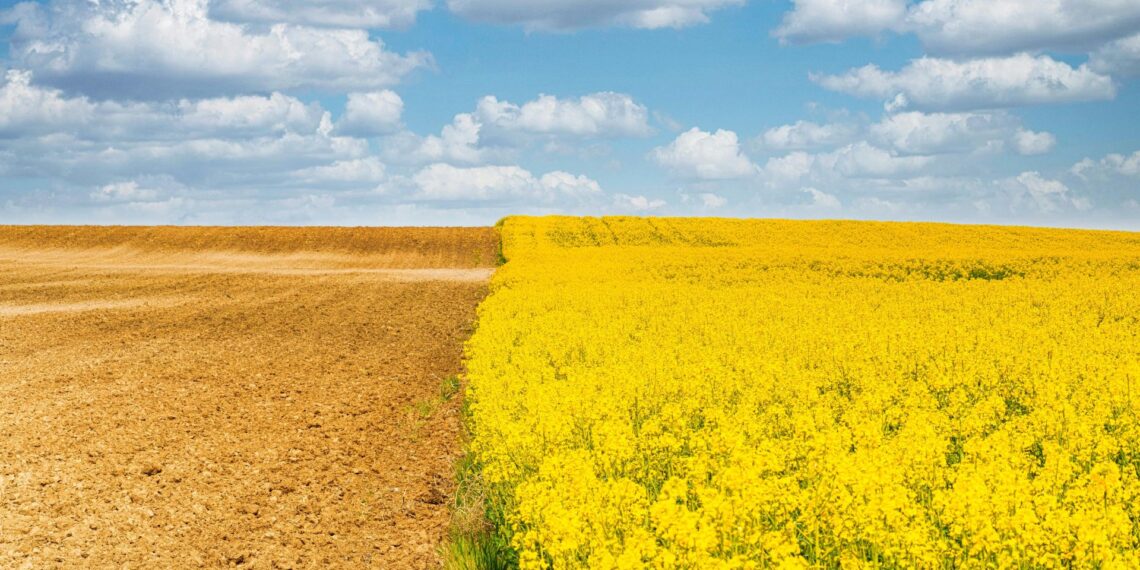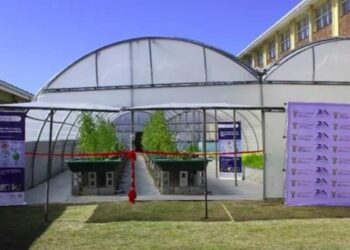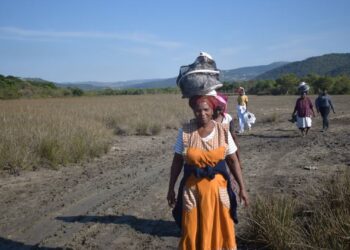South Africa’s canola industry is on track for a record-breaking harvest in the 2025-26 season, with favourable planting and weather conditions driving optimism.
Wandile Sihlobo, an agricultural economist, shared the possibility of a canola boom in South Africa for the 2025-26 season.
“I based my view on the area planting and weather prospects, which were encouraging compared to the 2024-25 season. However, as many people in South Africa’s canola-growing province, the Western Cape, would agree, the start of the 2025-26 season presented a challenge for some regions of the province,” he said.
Sihlobo explained that this estimate was based on a five-year average yield applied to the planted area of 164 900 hectares. Despite some early-season challenges, the expected crop is a new record for South Africa, reinforcing its growing status as a net exporter of canola to countries like Germany and Belgium.
“Canola is a relatively new crop in South Africa, but it remains a success story. Since South African farmers began planting the crop commercially on 17 000 hectares in 1998-99, the area has increased to an estimated 164 900 hectares by the 2025-26 season.
Related stories
- Canola industry confronts climate shifts as harvest sets in
- Southern Oil’s community commitment shines
- Golden fields, promising yields as canola harvest blooms
“Over the years, the catalyst behind the increase in canola plantings has been a rise in domestic demand or usage for oils and oil-cake. There has been a shift from traditional winter wheat and barley growing areas to canola due to firm demand and price competitiveness,” Sihlobo said.
Growth shows canola’s strength
Food For Mzansi reached out to canola farmer Dirk van Papendorp, who has diversified his crops on his farm outside Swellendam in the Western Cape, cultivating a wide range of cash crops, including barley, wheat, oats and canola.
Van Papendorp revealed that although the snail challenge was present, he took measures to prevent infestation by applying snail pellets to the canola during seeding, using 8kg of the bait. This initial application was insufficient, as April’s wet conditions led to ongoing snail problems.
Van Papendorp said canola has evolved significantly over the years. He explained that it started as an auxiliary crop but has now become a crop that outperforms some crops due to the genetic strengths of newer varieties suited to specific climates and seasons.
“The yield potential has grown tremendously. At first, we joked that in a good year, canola would give you 1.4 tonnes per hectare, and in a bad year, about one tonne. Now, with an ideal crop establishment, you can get up to three tonnes per hectare in a good year,” he said.
Looking ahead, Van Papendorp said there is significant growth potential for canola in South Africa if the country could grow its market share in the global edible oils sector, including exports to Europe. He indicated that exporting canola as oil, biodiesel, or as crops to be processed worldwide for biodiesel is a promising growth area.
However, he suggested exploring the northern provinces for introducing canola varieties suited to summer rainfall seasons as a viable alternative. Regarding other regions, he noted, “The Eastern Cape, I think, still has a lot of potential, but that will need some serious effort.”
READ MORE: SA’s finest olive oils crowned at Absa Top 10


















